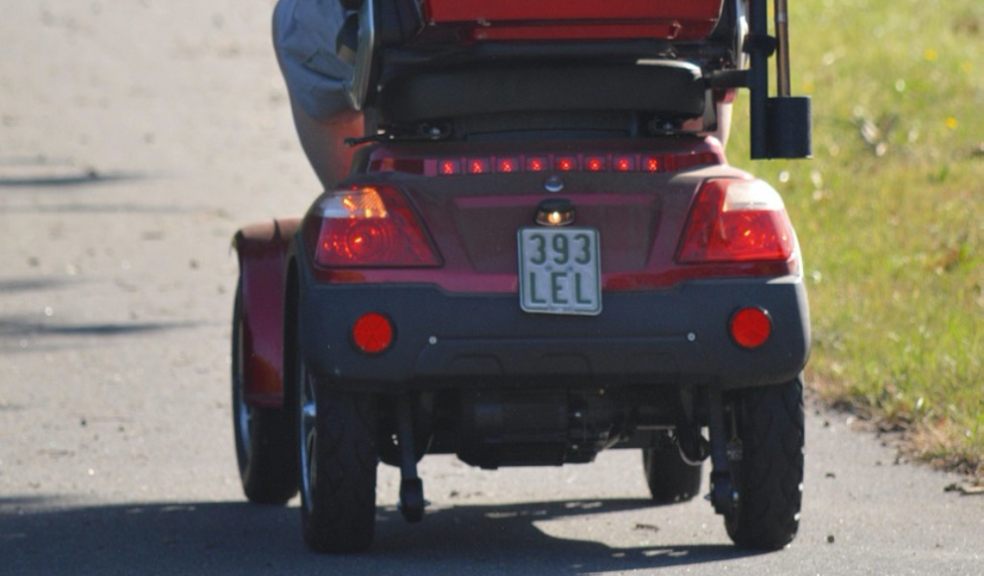
Trekking on your Mobility Scooter across Exeter and when to consider your Battery Life and Range Performance
When considering venturing across the hills and slopes of Exeter, you may want to consider the range and battery life of your mobility scooter. Budget mobility scooters are designed to provide essential mobility assistance at an affordable price, and their battery life and range always needs to be a key consideration for potential users. While they may not offer the same performance as more expensive models, budget scooters can still meet the needs of many users, especially those who require mobility support for shorter distances and less demanding conditions. Here is a breakdown of how budget mobility scooters perform in terms of battery life and range.
Battery Type
Budget mobility scooters typically use sealed lead-acid (SLA) batteries. These batteries are cost-effective and have been a standard in the industry for many years.
While they are reliable and relatively inexpensive to replace, they are heavier and have a shorter lifespan compared to the lithium-ion batteries found in more expensive models.
Range
The range of a budget mobility scooter generally falls between 8 to 15 miles on a single charge. This range is suitable for users who need a scooter for short trips, such as running errands, visiting nearby friends or family, or navigating indoor spaces such as shopping centres or supermarkets. For users who primarily use their scooters for these purposes, the range provided by budget models is often adequate.
Charging Time
Lead-acid batteries usually require longer charging times, often taking 6 to 8 hours to fully charge. This means users need to plan their charging schedule accordingly, usually charging the scooter overnight to ensure it is ready for use the next day. While this may not be as convenient as the faster charging times and lithium-ion batteries, it is manageable for users who have predictable daily routines.
Factors Affecting Range
Several factors can influence the actual range a user experiences with a budget mobility scooter. These include the weight of the user, the terrain and the speed at which the scooter is driven. For example, carrying heavy loads, driving on inclines or using the scooter at maximum speed can all reduce the effective range. Users should be aware of these factors and plan their trips accordingly to avoid running out of battery power unexpectedly.
Maintenance and Longevity
Proper maintenance of the battery is crucial to maximising its lifespan and performance. Users should follow the manufacturer’s guidelines for charging and storage, such as avoiding deep discharges and storing the scooter in a cool, dry place. Regular maintenance can help extend the life of the battery, ensuring consistent performance over time.
Suitability for Users
Budget mobility scooters are ideal for users who have predictable, short-distance travel needs and who can manage the charging requirements of lead-acid batteries. They are especially well-suited for individuals who primarily use their scooters in urban or suburban environments where charging opportunities are readily available.
Overall, while budget scooters may not offer the extended range and quick charging capabilities of more expensive models, they provide a practical and affordable solution for users with basic mobility needs. By understanding the limitations and planning accordingly, users can effectively use budget scooters to enhance their independence and mobility for everyday activities. For those who require longer range and faster charging, investing in a higher-end model with advanced battery technology may be a more suitable option.

















